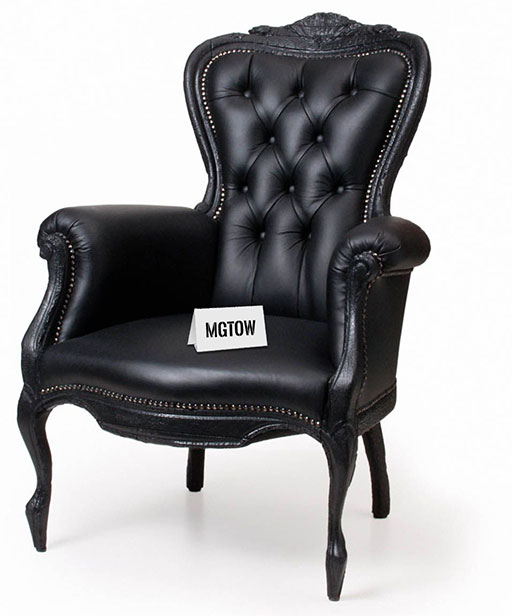Home › Forums › Computers, Games and Technology › Betrayal at House on the Hill
Tagged: Betrayl at House on the Hill, board games, games, horror
This topic contains 0 replies, has 1 voice, and was last updated by ![]() OracleSummon 3 years, 11 months ago.
OracleSummon 3 years, 11 months ago.
- AuthorPosts
Hefty post coming in, posted from Wikipedia:
Players3 to 6
Age range10 and up
Setup time< 5 minutes
Playing time30 min-2hrs
Random chanceMedium
Skill(s) requiredTeam playBetrayal consists of a deck of room tiles (marked to indicate which floors, upper, ground, or basement, they can be placed at on their backs); three sets of cards for Items, Events, and Omens; six different character plates, and a number of tokens to represent the players and various monsters or items. Each character plate has two possible characters that can be played though represented by the same token on the board; the characters have 4 meters that are used to track the character’s current Might, Speed, Knowledge, and Sanity values with marked starting positions for each. These meters are not linear; losing a point of Might, for example, may not alter the actual value of Might but still brings the player one step closer to death. The game also includes special dice which only have 0, 1, or 2 pips on each side.
The game consists of two phases, the initial Exploration phase and the Haunt phase. At the start of the game, each player selects a character and sets the meters at the starting values. The “house” starts with a main, upper, and lower floors placed on separate areas of the game table; the main and upper floors are immediately connected by a staircase, whereas the lower floor remains unconnected until certain room tiles, event cards or other actions allow a connection. On each turn, the player can move through a number of rooms equivalent to their current Speed. If the player moves through a door where no room has been placed, they draw a room tile from the stack until they draw one that matches the current floor they are on. The tile is placed as best to match the current door layout of adjacent rooms. If there is an Event, Item, or Omen icon on the newly-placed tile, the player draws the respective card and follows its instructions. Event cards often require the player to make a roll against one of their skills to avoid damage or gain benefits. Item cards provide equipment the player can use, drop, and trade with other players. Omen cards also generally provide items, but come at a price – after drawing an Omen card, the player must roll six dice, and if this roll is lower than the number of Omen cards that have been drawn, the Haunt phase starts. Unless otherwise specified, drawing a card and performing that action ends the player’s turn. Otherwise, the player can continue to move through other rooms; icons for cards on existing rooms are ignored. Some room tiles have specific instructions that must be followed when moving through the room such as making a skill check to exit the room without taking damage.
Once a player has triggered the Haunt phase, special tables in the game’s rulebooks are used to determine which Haunt is used based on what room and Omen triggered the Haunt, and who the “traitor” is; though often the traitor is the one who triggered the Haunt, it may be another player. At this point, the player who is the traitor leaves the room; he reads through his specific Haunt goals and rules from one book, while the other players read their victory rules and conditions from a second book and discuss plans to deal with the traitor. Haunts are based on numerous horror scenarios, such as zombies, cannibals, dragons, vampires, the house itself, or almost any other monster imaginable. Some goals allow for the traitor to convert other players to traitors as well (such as fellow werewolves). The exact goals for both the other players and the traitor differ for each possible Haunt; neither side is forced to reveal any new abilities or victory goals, but they must explicitly state what moves they are doing in the game to the other players.
After the traitor rejoins the players, gameplay proceeds similar to the Exploration phase, except that all traitor players play after the other players have moved. In addition to Exploration, players may now attack the traitor or any other creatures they may control, and vice versa. Damage here generally requires the players to move their stat meters down a number of steps depending on the combat results. Death generally occurs when any one of the player’s character meters drops to the lowest position, but the Haunt may alter the rules on this. The game is over when either the players or the traitors achieve their victory goal.
Both versions of the game feature 50 possible haunts, which provides for a great deal of replayability. These objectives typically revolve around a different monster or horrifying event, including many classic creatures such as Dracula and Frankenstein’s Monster
TL;DR This is pretty much the board game for Horror fans as you play stereotypical horror characters and try to survive each haunt (a scenario where one of several horror stories can happen) and some times one of your former comrades becomes a traitor meaning you have to take them out (depending on the rules) in order to win the game.
- AuthorPosts
You must be logged in to reply to this topic.

921526
921524
919244
916783
915526
915524
915354
915129
914037
909862
908811
908810
908500
908465
908464
908300
907963
907895
907477
902002
901301
901106
901105
901104
901024
901017
900393
900392
900391
900390
899038
898980
896844
896798
896797
895983
895850
895848
893740
893036
891671
891670
891336
891017
890865
889894
889741
889058
888157
887960
887768
886321
886306
885519
884948
883951
881340
881339
880491
878671
878351
877678













